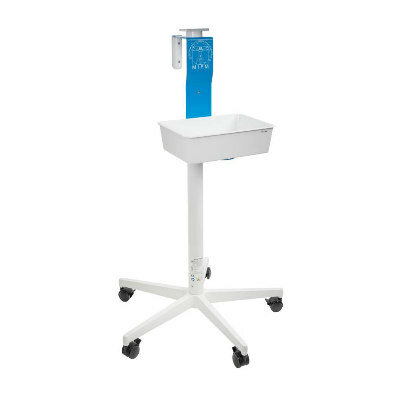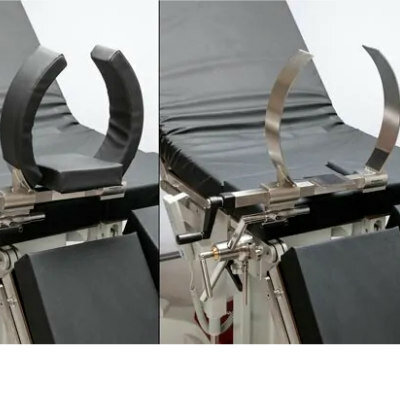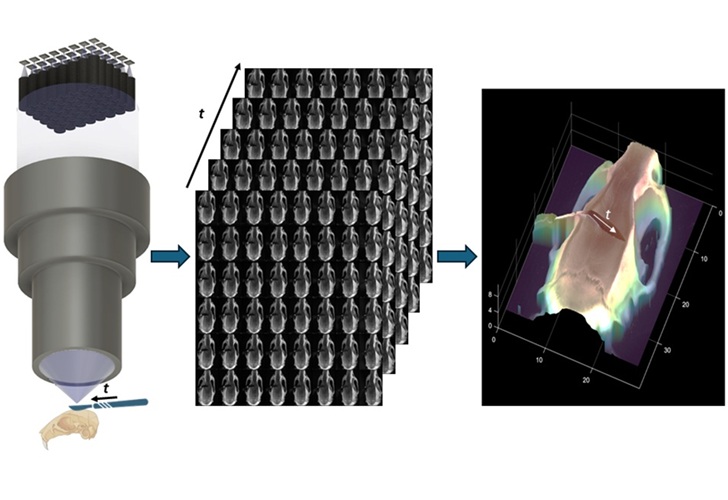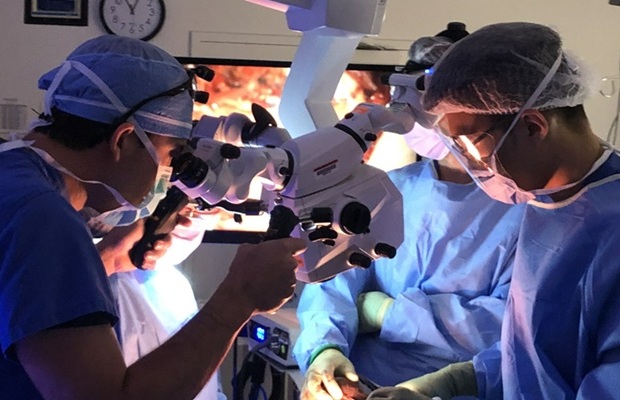AI-Powered Algorithm Offers Quick, Contactless Blood Pressure and Diabetes Screening
|
By HospiMedica International staff writers Posted on 13 Nov 2024 |
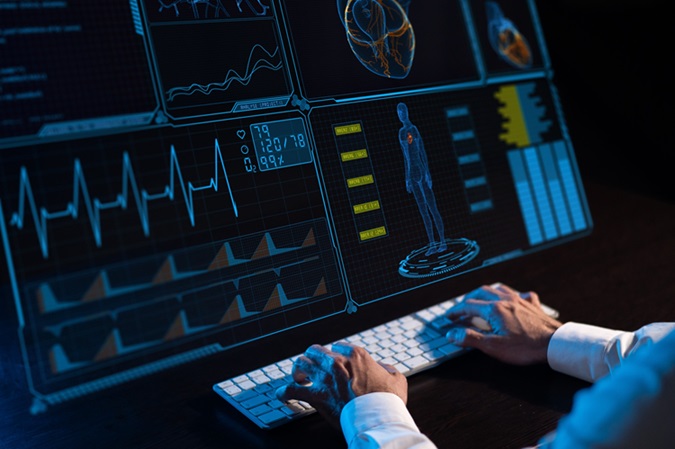
A newly developed system that combines high-speed video with an artificial intelligence (AI)-powered algorithm may provide a quick, non-contact method for screening high blood pressure and Type 1 or Type 2 diabetes, eliminating the need for blood tests, blood pressure cuffs, or costly wearable devices. Although the system is still in the early stages of development, it could eventually offer rapid, contactless screenings for high blood pressure and diabetes, potentially aiding in the monitoring of treatment responses.
In the study, researchers at the University of Tokyo (Tokyo, Japan) evaluated the effectiveness of a high-speed video camera capable of capturing face and palm recordings at 150 images per second. By using wavelength data to detect pulse waves, the research team applied an AI algorithm to identify high blood pressure and diabetes through blood flow characteristics in the skin as captured by the video. When compared to continuous blood pressure monitor readings taken simultaneously with the video recordings, the video/algorithm combination demonstrated 94% accuracy in detecting stage 1 hypertension, as defined by the American Heart Association’s guidelines for blood pressure of 130/80 mm Hg or higher.
In comparison with continuous blood pressure monitor readings, the 30-second video/algorithm method showed 86% accuracy in detecting elevated blood pressure, while the 5-second video/algorithm method had 81% accuracy. Normal blood pressure readings were defined according to the Japanese Society of Hypertension guidelines (2018), which specify systolic pressure below 115 mm Hg and diastolic pressure below 75 mm Hg. When compared to hemoglobin A1c blood test results for diabetes screening, the video/algorithm system was 75% accurate in identifying individuals with diabetes. The A1c test measures average blood sugar levels over the previous 1-2 months. Although the technology shows promise, additional steps are needed before the video/algorithm combination can be applied outside of a research setting.
“To detect high blood pressure, we need to incorporate an algorithm that considers arrhythmias or irregular heartbeats,” said study author Ryoko Uchida, B.Sc. (Pharm.), a project researcher in the department of advanced cardiology at the University of Tokyo. “In the future, the prototype camera we used to develop the algorithm could be substituted with an affordable sensor that uses only the essential wavelengths and requires just a few seconds to gather data. Once it reaches that stage, it may be added to smartphones (or even hung on a mirror where someone sits for a few moments), may be mass-produced and inexpensive.”
Latest Critical Care News
- Implantable Device Could Save Diabetes Patients from Dangerously Low Blood Sugar
- New Prostate Screening Device Could Replace Traditional Examination Method
- Adaptive Spine Board to Revolutionize ER Transport
- Mapping Communication Between Internal Organs to Enable Earlier Illness Diagnosis
- Intelligent Wound Dressing Reduces Inflammation and Promotes Healing
- Cuff-Free Blood Pressure Monitoring Device to Improve Early Detection and Management of Hypertension
- New Understanding of Barrett’s Esophagus Formation to Enable Earlier Intervention and Diagnosis
- 3D Printed Functional Human Islets Could Transform Type 1 Diabetes Treatment
- AI Model Predicts ICU mortality in Heart Failure Patients
- Smart Capsule Offers Real-Time Profiling Across GI Tract
- Ultra-Thin Implant Helps Patients with Spinal Cord Injury Recover Lost Functions
- Portable Cell Therapy Device to Enable Rapid On-Demand Modification of RBCs at POC
- Monitoring Airborne Fungal Spores Could Help Predict COVID-19 & Flu Surges
- New System Measures Blood Sodium Without Needles
- Sleep Data from Wearable Device May Help Predict Preterm Birth
- AI Tool Interprets Echocardiograms in Minutes
Channels
Surgical Techniques
view channel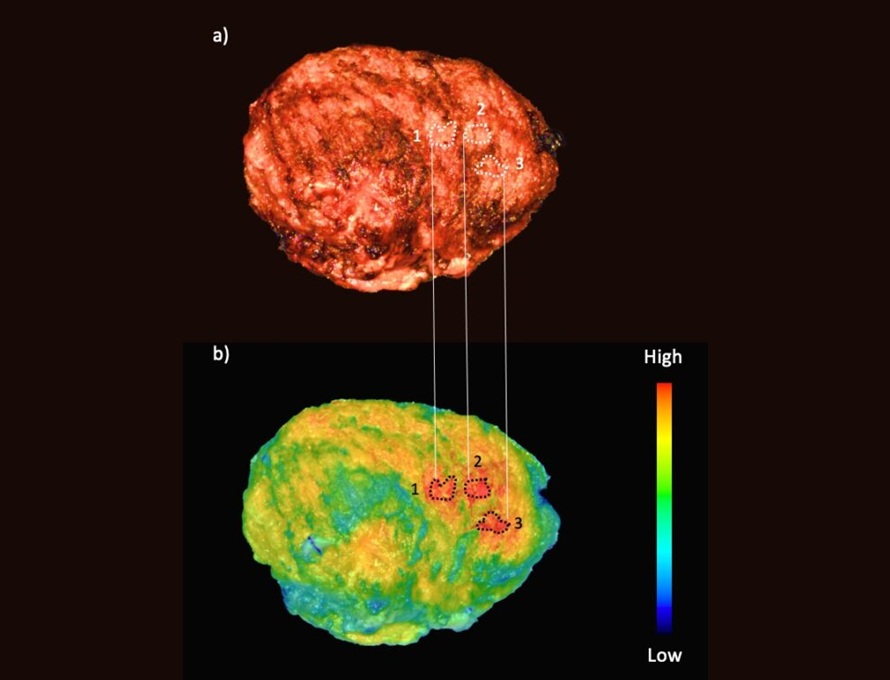
Fluorescent Imaging Agent ‘Lights Up’ Nerves for Better Visualization During Surgery
Surgical nerve injury is a significant concern in head and neck surgeries, where nerves are at risk of being inadvertently damaged during procedures. Such injuries can lead to complications that may impact... Read more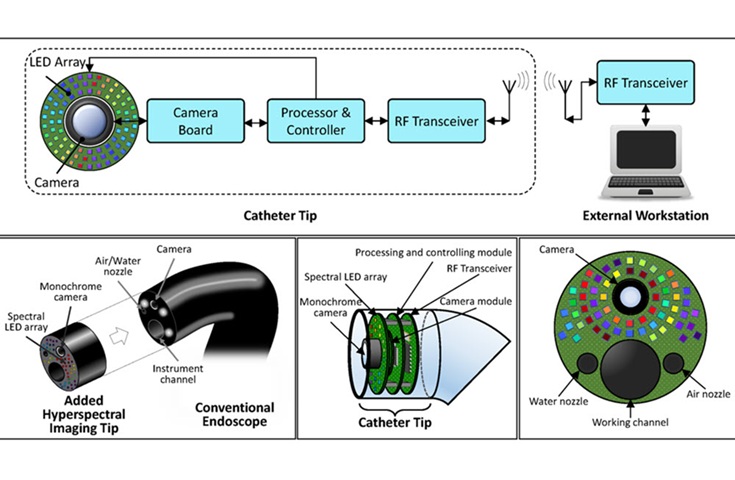
LED-Based Imaging System Could Transform Cancer Detection in Endoscopy
Gastrointestinal cancers remain one of the most common and challenging forms of cancer to diagnose accurately. Despite the widespread use of endoscopy for screening and diagnosis, the procedure still misses... Read morePatient Care
view channel
Revolutionary Automatic IV-Line Flushing Device to Enhance Infusion Care
More than 80% of in-hospital patients receive intravenous (IV) therapy. Every dose of IV medicine delivered in a small volume (<250 mL) infusion bag should be followed by subsequent flushing to ensure... Read more
VR Training Tool Combats Contamination of Portable Medical Equipment
Healthcare-associated infections (HAIs) impact one in every 31 patients, cause nearly 100,000 deaths each year, and cost USD 28.4 billion in direct medical expenses. Notably, up to 75% of these infections... Read more
Portable Biosensor Platform to Reduce Hospital-Acquired Infections
Approximately 4 million patients in the European Union acquire healthcare-associated infections (HAIs) or nosocomial infections each year, with around 37,000 deaths directly resulting from these infections,... Read moreFirst-Of-Its-Kind Portable Germicidal Light Technology Disinfects High-Touch Clinical Surfaces in Seconds
Reducing healthcare-acquired infections (HAIs) remains a pressing issue within global healthcare systems. In the United States alone, 1.7 million patients contract HAIs annually, leading to approximately... Read moreHealth IT
view channel
Printable Molecule-Selective Nanoparticles Enable Mass Production of Wearable Biosensors
The future of medicine is likely to focus on the personalization of healthcare—understanding exactly what an individual requires and delivering the appropriate combination of nutrients, metabolites, and... Read more
Smartwatches Could Detect Congestive Heart Failure
Diagnosing congestive heart failure (CHF) typically requires expensive and time-consuming imaging techniques like echocardiography, also known as cardiac ultrasound. Previously, detecting CHF by analyzing... Read moreBusiness
view channel
Bayer and Broad Institute Extend Research Collaboration to Develop New Cardiovascular Therapies
A research collaboration will focus on the joint discovery of novel therapeutic approaches based on findings in human genomics research related to cardiovascular diseases. Bayer (Berlin, Germany) and... Read more








